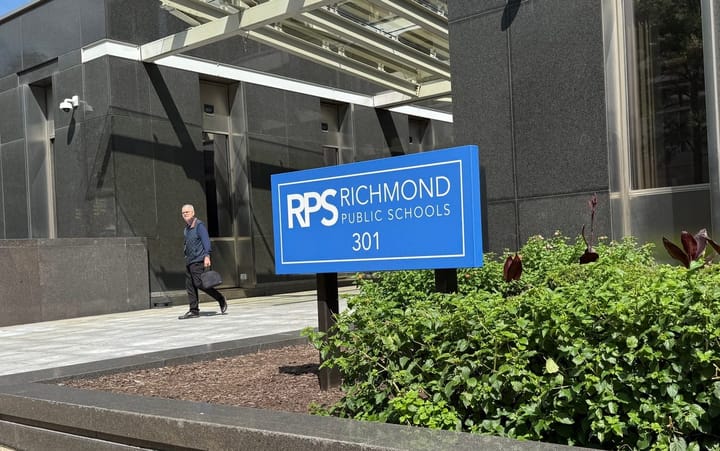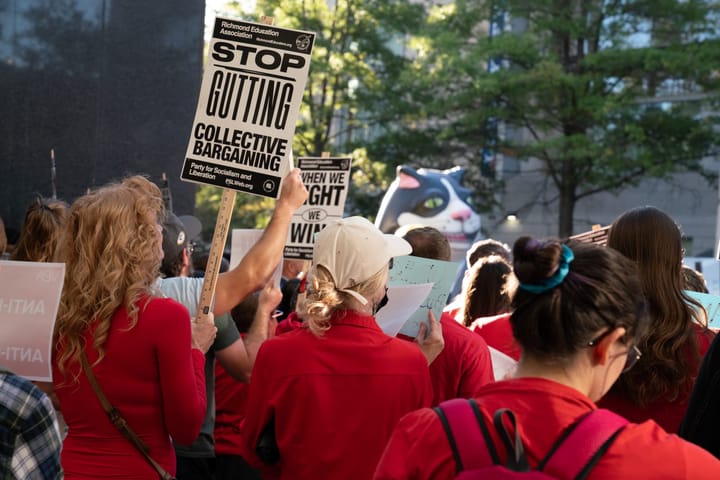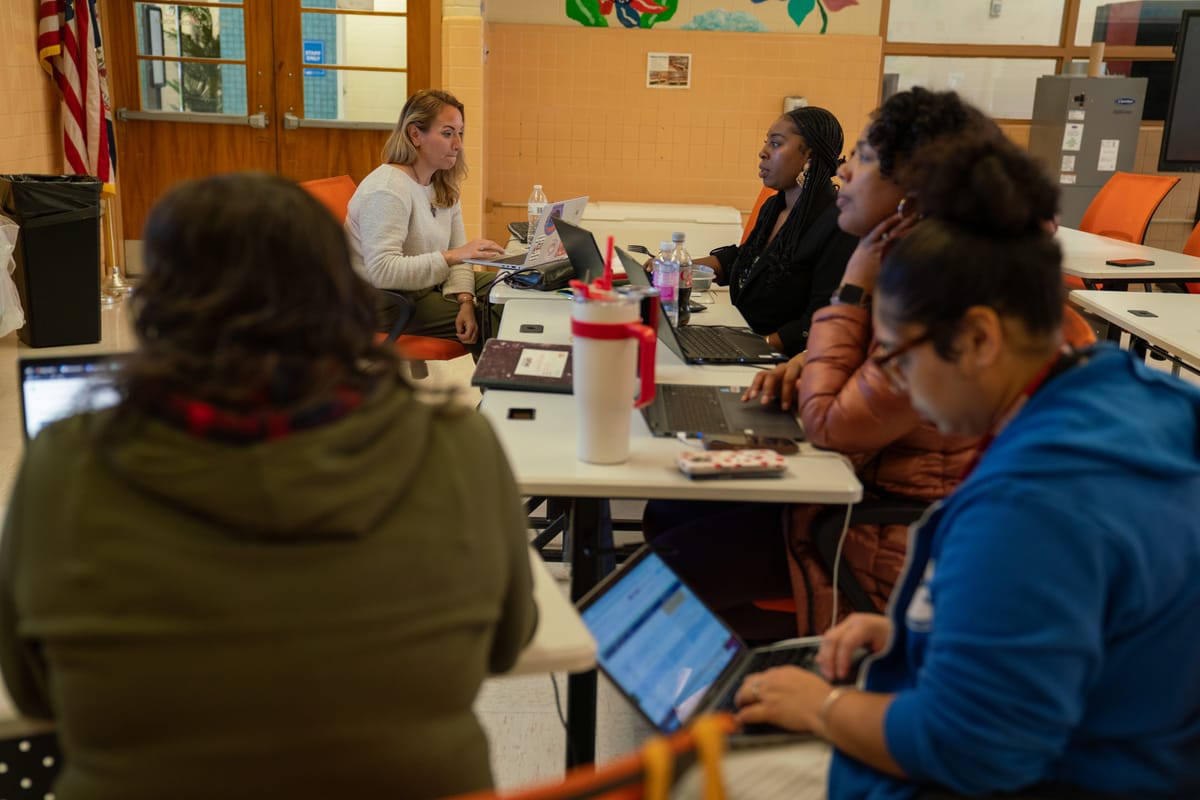
‘Not just gone and forgotten’: RPS initiative reaches out to dropouts to offer them alternate paths to a diploma
A manager at a local Popeye’s. A mother with a sickle cell trait. An immigrant still adjusting to a new country.
One thing they all have in common? They dropped out of Richmond Public Schools as high schoolers, and employees are trying to bring them back to get their diplomas.
It is part of the division’s Dropout Recovery & Prevention Blitz, where employees attempt to reach out to such students through phone calls, social media messages and house or job visits, on top of their regular job tasks.
School counselors, social workers, ESL teachers, assistant principals and even librarians meet every other Friday with the division’s central office employees to create game plans and share strategies on how to get in touch with the students.
The effort gives inactive students who miss 15 days or more of school or have dropped out another opportunity to receive their high school diploma, either back in school or in an alternative setting the division offers.
The division realized the traditional school system doesn’t work for some high school students, like those who work full-time or are parents.
“What we find is that there's students who start high school in their cohort in ninth grade, life happens along the way and we lose them. So this Dropout Blitz is just a part of the work that we do to make sure we're holding on to our students, they're staying enrolled, and they're still engaged,” said Courtney Ward, the division’s director of Secondary Success Pathways.
“And if they have disengaged, we're finding them through the Blitz and we're talking about strategies to bring them back.”
Staff members shared stories of those students at a recent division-wide meeting. An ESL teacher from Richmond High School for the Arts shared that she connected with a student who enrolled her child at a Richmond elementary school. A family liaison for Armstrong High School said he visited a student working at Wendy’s, who later agreed to receive his diploma through online schooling the day before the meeting.
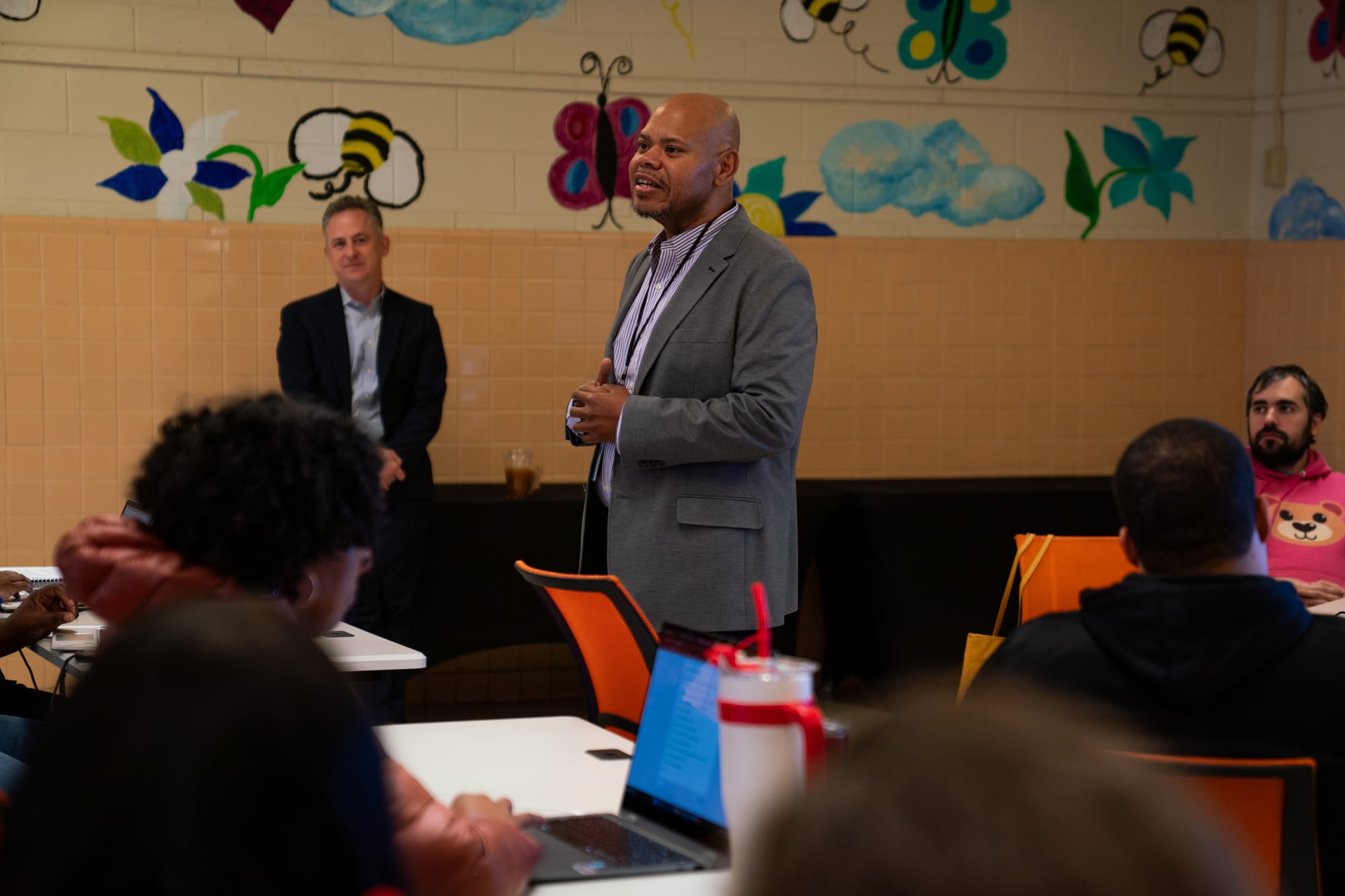
Employees must communicate to students that options are available to them, no matter how many calls it takes, Solomon Jefferson, the division’s chief academic officer for secondary education, said at the beginning of the meeting.
“So just remember, when you get weary, know that this is a huge payoff,” he said. “When you make these phone calls and they don't return back, try another phone call. And another. And guess what? It will pay off.”
In a note notifying the RPS community about Jefferson’s death, RPS Superintendent Jason Kamras credited Jefferson for helping the division achieve the highest graduation rate in nearly a decade.
“I can confidently say that there are young adults in our community who would not have graduated, who would not be alive today, if not for Solomon and the work he did at RPS,” Kamras wrote.
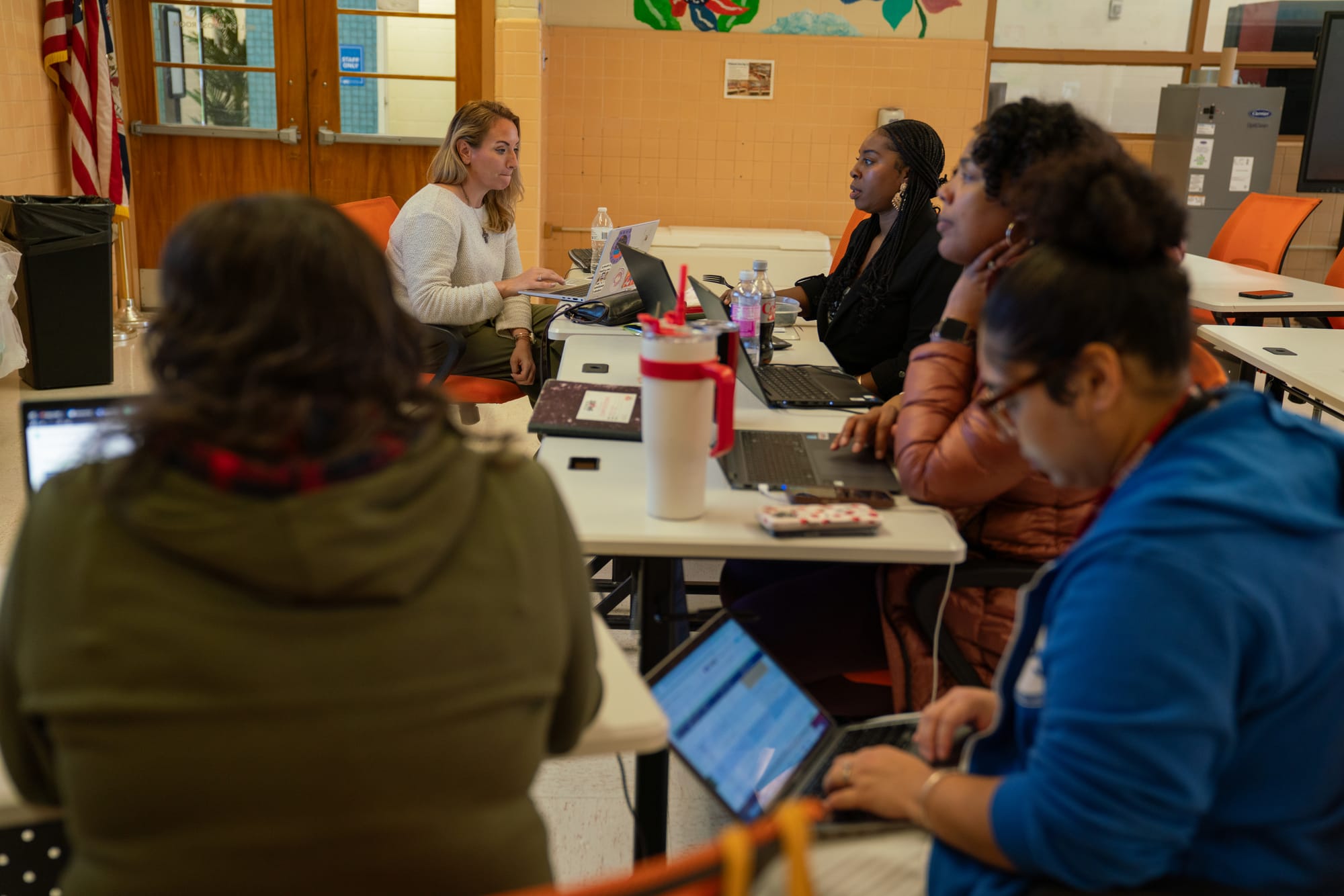
The Dropout Recovery & Prevention Blitz initiative began in 2022, and provides students another opportunity to receive their diplomas. It also helps the division’s graduation and drop-out rates. Prior to the program, RPS was witnessing low on-time graduation rates and high dropout rates compared to other school systems in the state.
Since then, RPS’ graduation rate has been “on the rise,” officials say, as the division’s graduation rate increased to over 80% in 2025 – the highest the district has seen since 2016. Rates reached record highs of 88% and 84% among RPS’ Black and economically disadvantaged students, respectively.
“The program is working,” said Tamara Jackson, graduation coach for Richmond High School for the Arts. “We have a lot of success stories.”

How it works
The division utilizes a graduation vault, a database created by RPS’ data analytics team. It contains academic information for every student in the division, including classes taken, grades received, Standard of Learning scores, attendance, dates enrolled and dropped out. The team uses this data to compile a “watch list” of students that dropped out or are at risk of doing so, tracking students as early as the ninth grade.
School teams then use the watch list to aggressively reach out to students and their families and confirm where they are before offering a program better suited for their needs.
“We've really given schools the opportunity to have holistic pictures of each and every one of their students,” said Cate Robbins, RPS data specialist. “It's a much easier way for our school and our division to be able to now reach out and figure out where each student is and meet them exactly where they are.”
The team has so far identified 349 inactive students, and high school teams reached 148 of them. Nearly 30 of them have come back to a school setting.
Every contact and interaction is also documented for the division, so that the team can analyze what’s keeping students from obtaining their diploma – information that the division can potentially use to come up with better methods to bring students back.
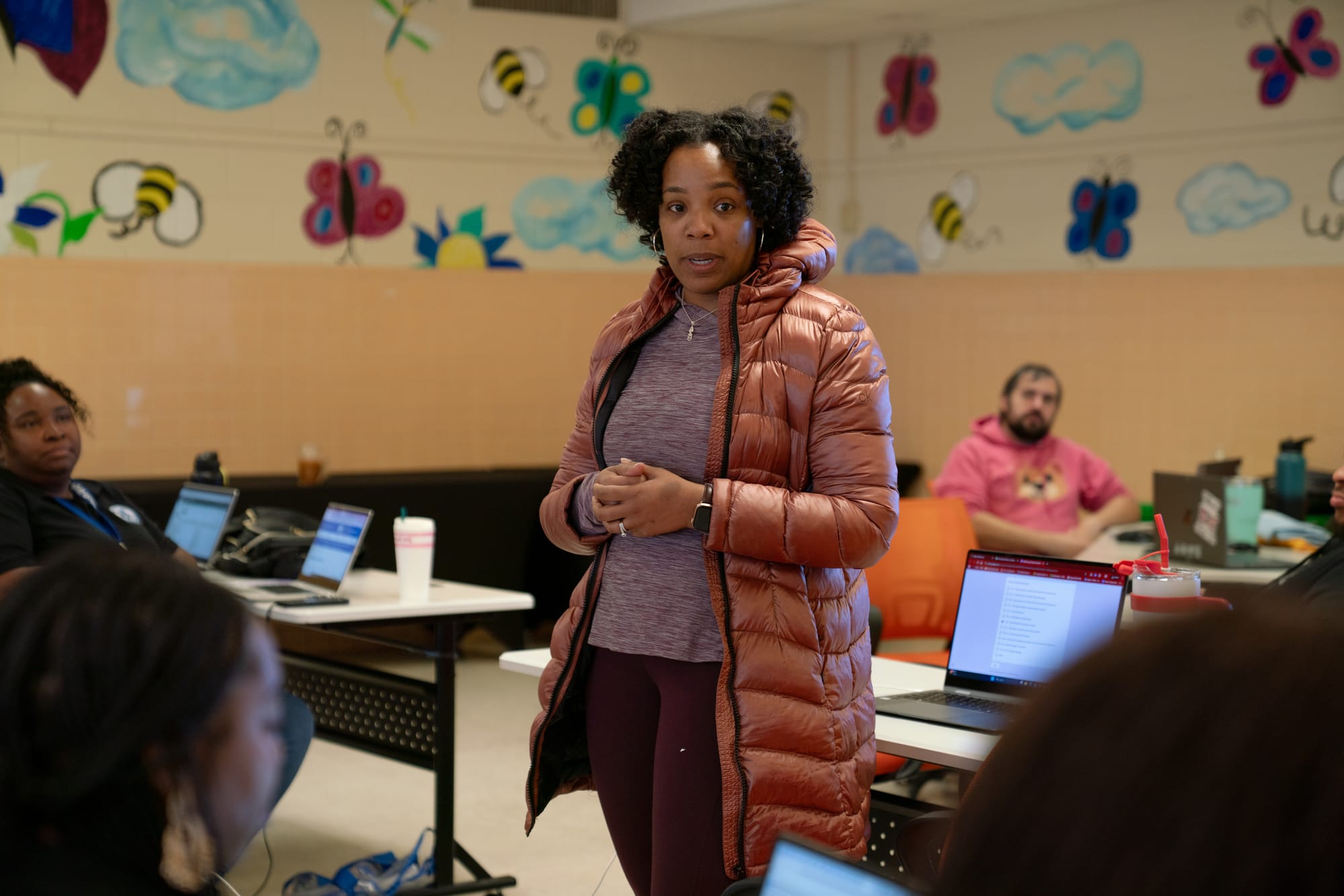
Success stories through alternative programs
One of RPS’ programs is the Secondary Success Center, which allows students who dropped out to complete high school in a flexible school setting, with child care provided.
Azalea Gilbert, school counselor at Thomas Jefferson High, found this program to be beneficial for her students when she was the graduation coach at Armstrong High.
Many of Armstrong’s students come from most of the city’s public housing communities. They tend to have more systematic barriers that prevent them from easily attending and completing school, Gilbert said. As a result, students are more likely to miss school and work instead, particularly rising male juniors who face societal pressure to be providers.
SSC became Gilbert’s go-to program when convincing students to complete high school as a lot of them worked or had children.
“They have a little bit more flexibility of how they provide instruction, and nine times out of 10, for a worker, it works best because they can accommodate with their working schedule,” she said.
Secondary Success Center began in 2019, and 76 students have graduated from it since then.
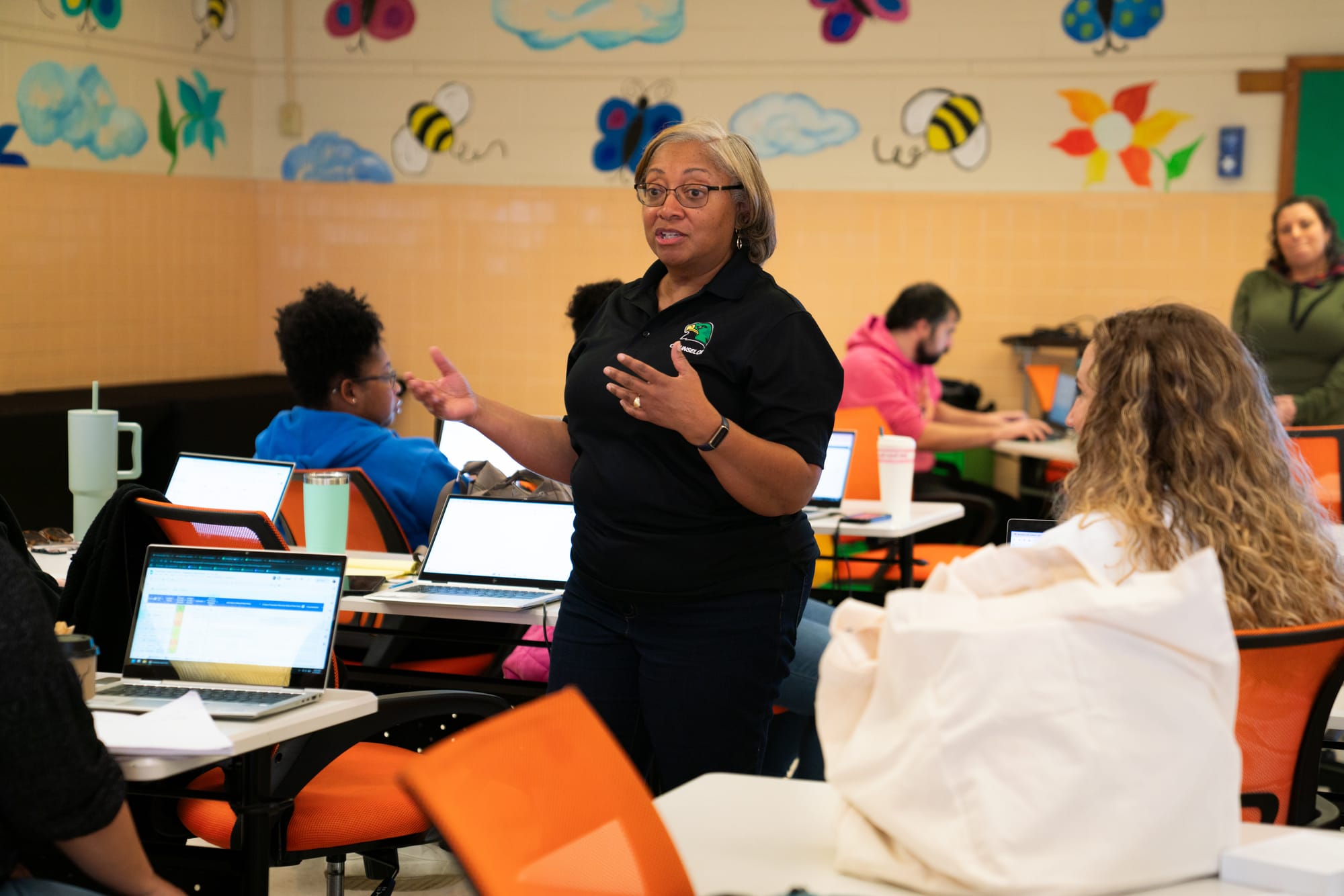
The division also offers ¡Con Ganas! – meaning “with enthusiasm” – a year-round program catered to multilingual learners allowing students to work at their own pace and time to receive their diploma. More than 80 English learner students have graduated from the program since 2021. Students can also take the General Educational Development, GED, version of this program. The program also provides child care.
Michelle Litwa, Richmond High School for the Arts ESL teacher and a coordinator of ¡Con Ganas!, posted on Instagram asking multilingual students who may have dropped out in 2020 if they wanted to complete their education. One student reached out right before he turned the program’s age limit of 22, she said. The student finished classes within three months and graduated shortly after.
“This is so powerful because they're not just gone and forgotten,” Litwa said. “These kids are remembered and we have their names, and we are going back – line by line – doing that investigative work, going on Facebook, going through every number we can find.”
At-risk students who don’t have many credits can catch up through accelerated, small classrooms in the division’s THRIVE Academy. More than 50 students are currently enrolled in that program, and the academy has guided 41 students to earn credits and receive their diplomas since 2022.
Ward said schools are also keeping watch of middle schoolers who are overaged. As part of THRIVE Academy, the division now offers THRIVE Middle School, which began last school year. The school focuses on 15 years old or older students to earn high school credits on an accelerated track before transferring to their zoned high school as 10th graders.
Employees have also frequently offered students the opportunity to obtain their diploma virtually through Penn Foster, an online high school program. Arthur Williams, family liaison for Armstrong, connected with a student who previously dropped out. He said he learned that the student, who had a sickle cell trait, also had a child making the traditional school setting difficult for her.
Dropout Blitz “gives us an opportunity to come together as a team, collaborate, go through ideas, and just make sure that these are individuals, not numbers,” he said.
He worked with counselors at Armstrong to get the student what she needed before she enrolled at Penn Foster.
Similarly, Lisa Harrison, lead school counselor for Huguenot High School, called the mother of an 18-year old student who struggled academically and dropped out of the school.
“Her mom said, ‘Oh, we’re at the hospital, she’s actually in labor about to have her baby,’” Harrison said. “I was kind of shocked by that.”
Harrison offered to follow up at a later date about exploring online schooling so that she can receive her diploma. The student appeared to overhear her mother’s conversation with Harrison, she said, as the mother shared that the student could be interested in the opportunity.
Ward said that it’s crucial the division offers the alternative programs so that students know that there are other options for them.
“When a student disengages from school, one of the worst things we can do is to put them back in the exact same setting where they were like, ‘This isn't working for me,’” Ward said.
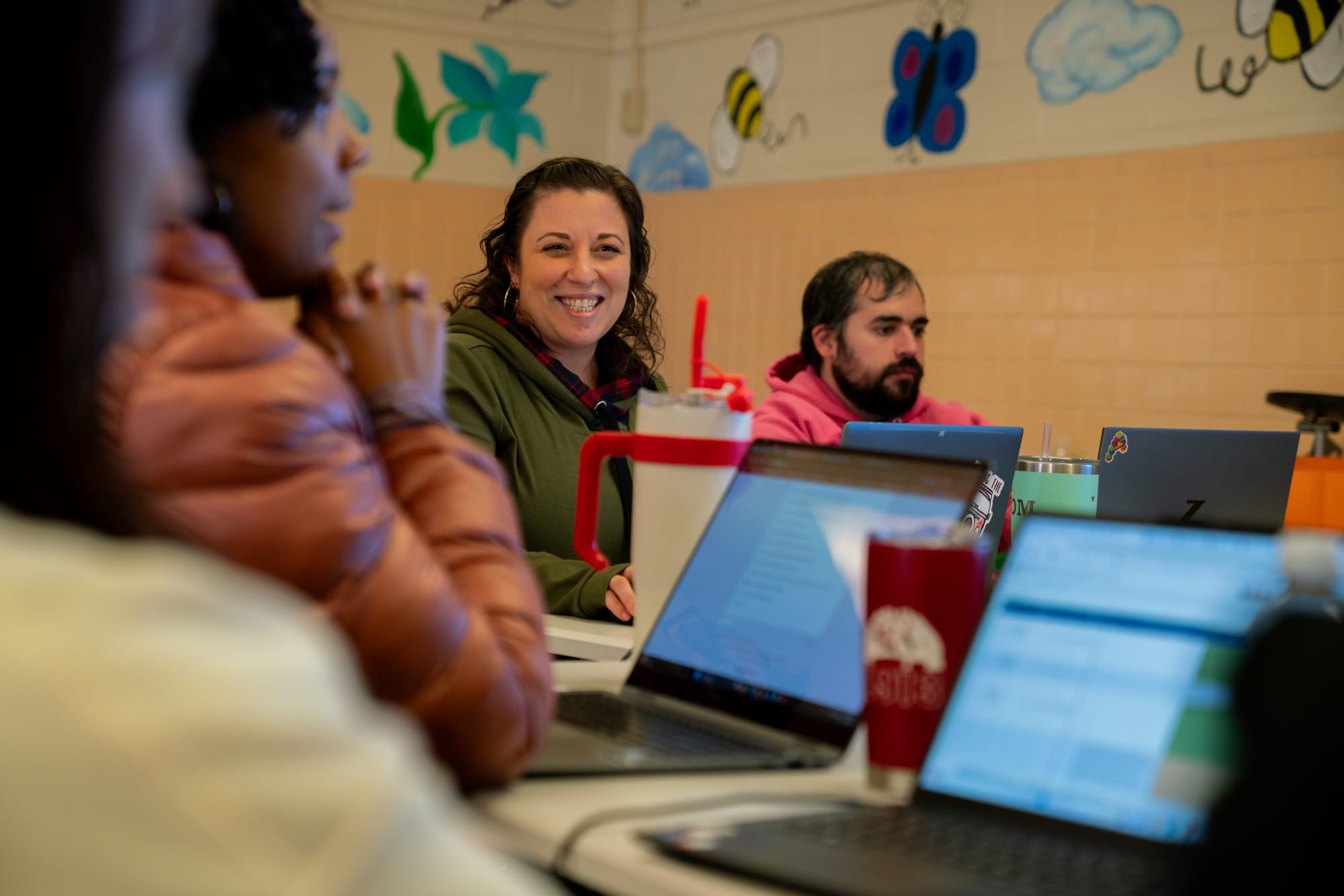
Moving forward
School teams have made over 600 outreach attempts since November 2024 out of which nearly 260 have resulted in contact with disengaged students. But despite the frequent calling, the division has 93 students who are still disengaged and another 201 students that staff members have been unable to contact.
The work is “heavy, because it’s a lot,” said Sharné Francis, an assistant principal at Richmond High School for the Arts.
Many calls have resulted in former students immediately hanging up or asking staff to never call again, employees said. But it is not that students are not smart enough, do not like school, or don’t want the diploma, they said. They just have responsibilities that cause barriers. Some employees referenced the current political climate that makes some multilingual students hesitant to attend school.
“We have a lot of students that get out into the real world, and they see it for what it is,” Francis said. “They see how hard it is and they're like, ‘You know what, I actually could benefit from that opportunity that the school reached out [for].’”
Contact Reporter Victoria A. Ifatusin at vifatusin@richmonder.org




